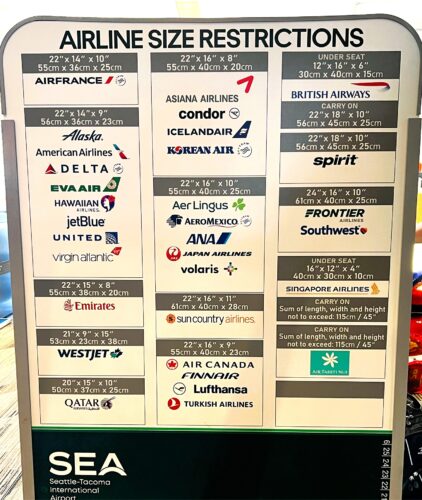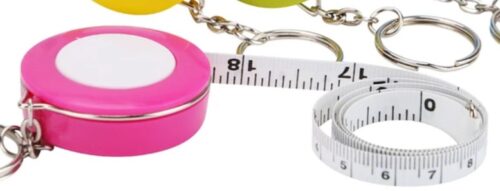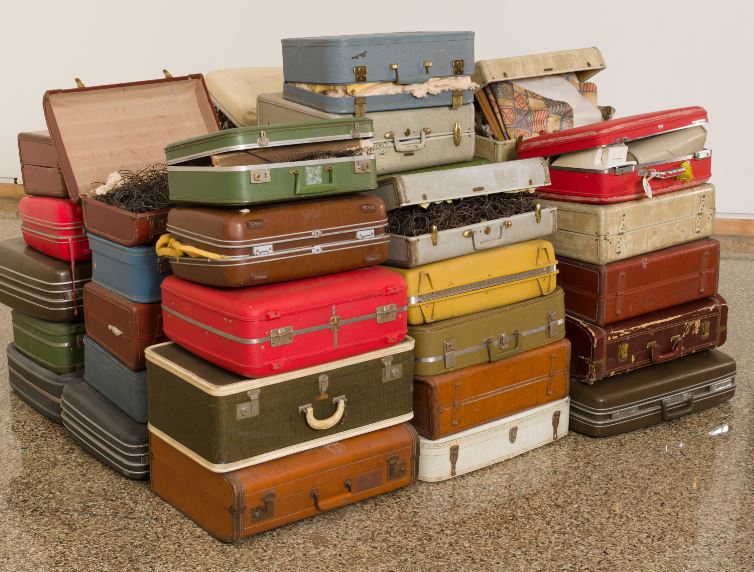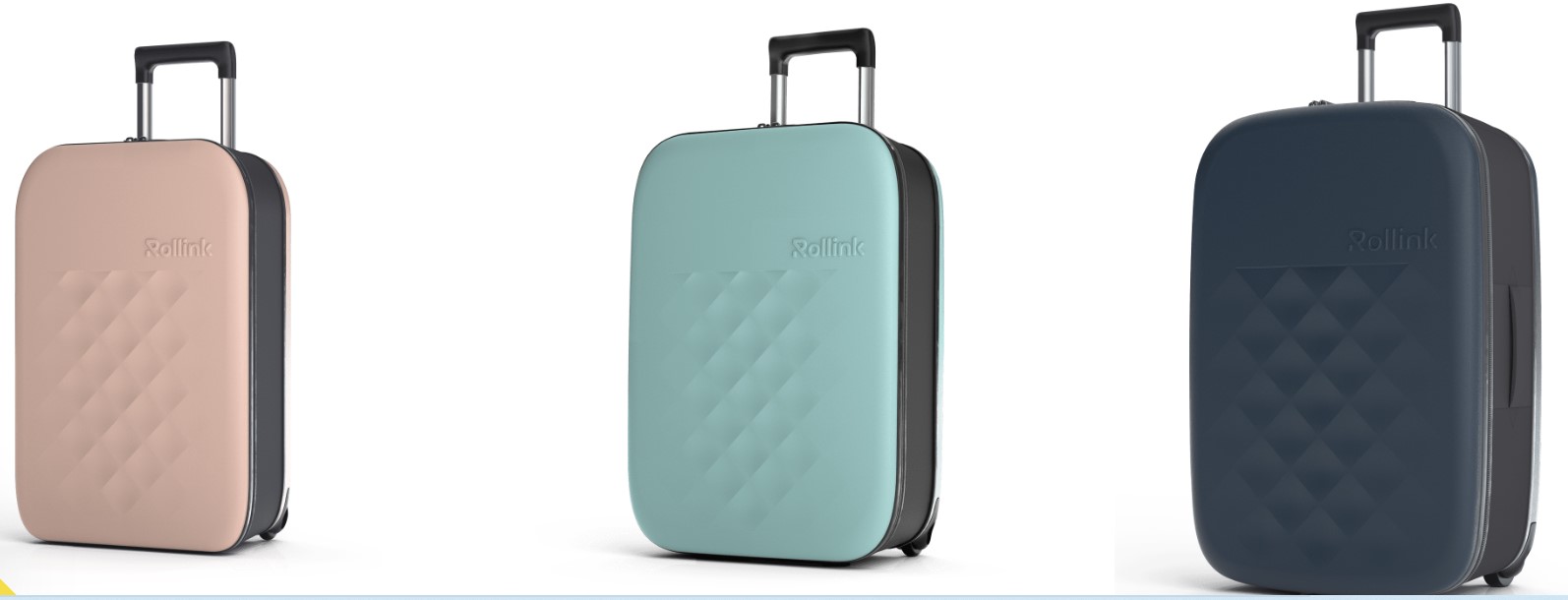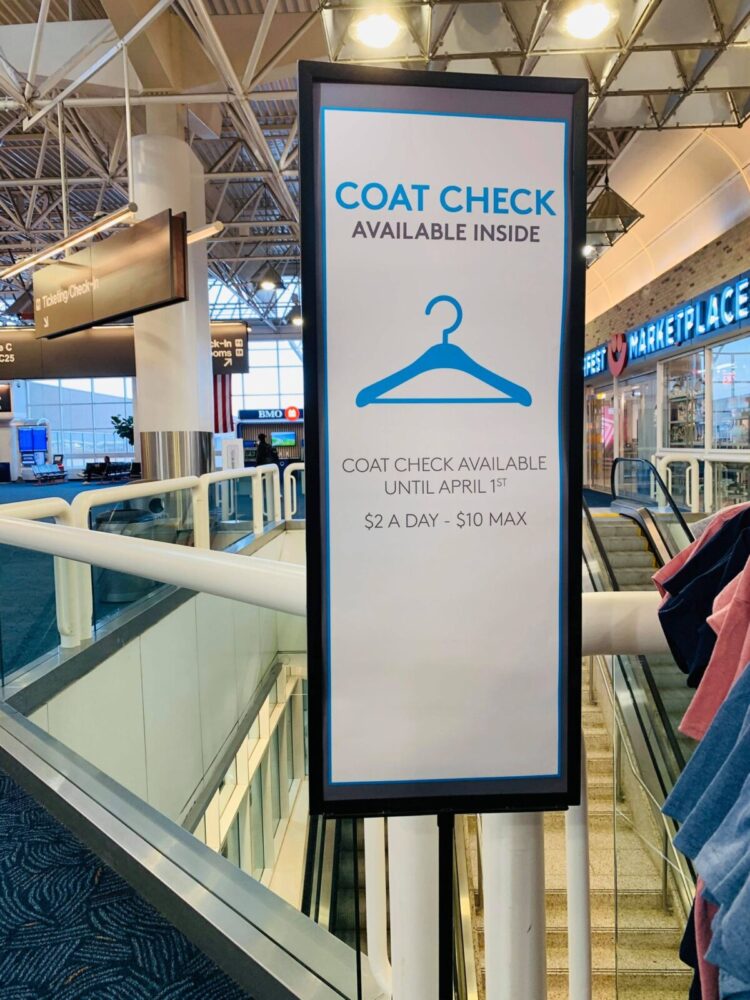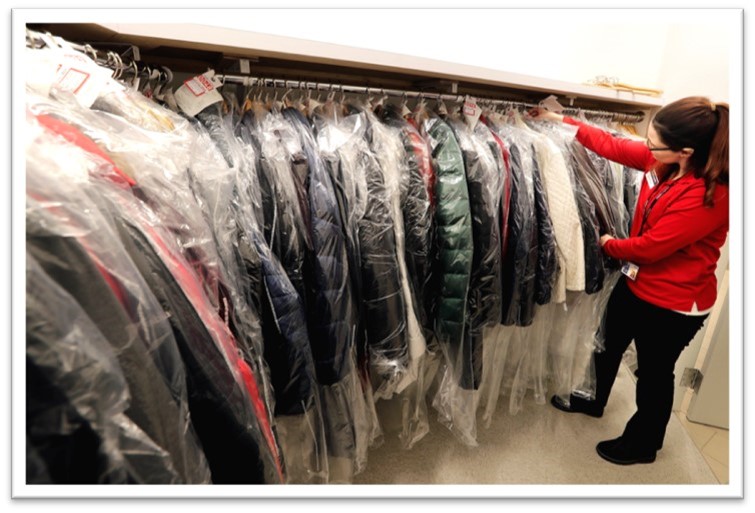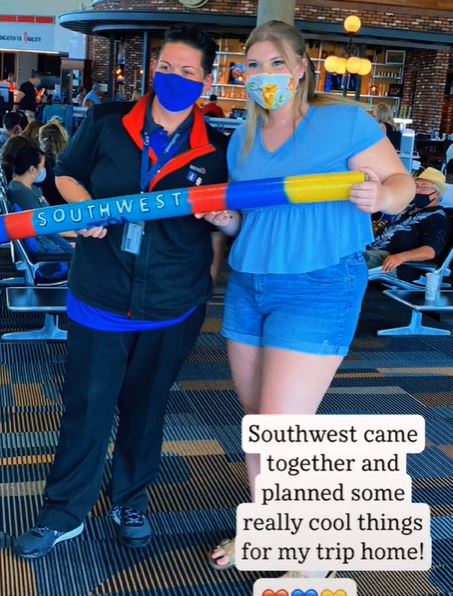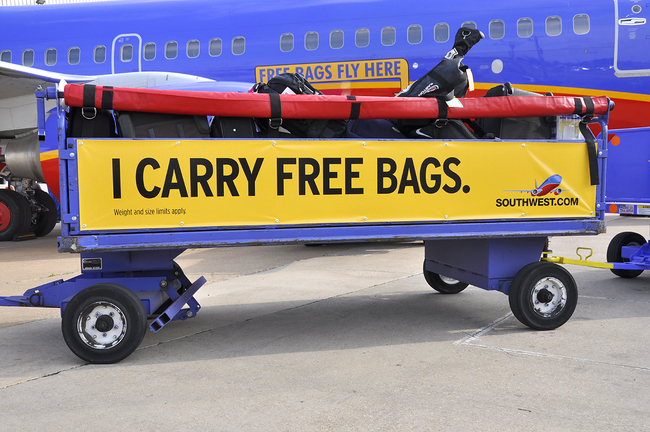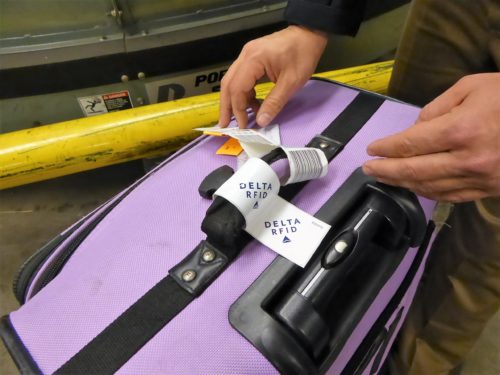
Wacky way to keep luggage safe
It’s no fun having a bag get lost or stolen during a journey.
Today we have digital trackers to help keep track of suitcases. But back in the early 1960s, one smart inventor created a wacky way to make sure a bag wouldn’t get stolen.
Good reasons to go to Las Vegas
The storms that caused flash flooding in Las Vegas have moved on, making way for the return of high (100+ degrees) temperatures and lots of sun.
Good thing. There are lots of reasons to go to Las Vegas and, soon, there’ll be one more.

Between September 5 and October 26, fans of the late actress and singer Debbie Reynolds (“Singin’ in the Rain,” “Unsinkable Molly Brown” and many others) can visit an exhibition titled “The Persona, The Person: Debbie Reynolds in Las Vegas.”
The free exhibit is put together by Reynolds’ son, Todd Fisher, the Debbie Reynolds Estate, and The Neon Museum and features everything from handmade gowns and costumes to personal effects from the time Reynolds and her family lived and performed in Las Vegas. This photo of Reynolds and Liberace is also included in the show.
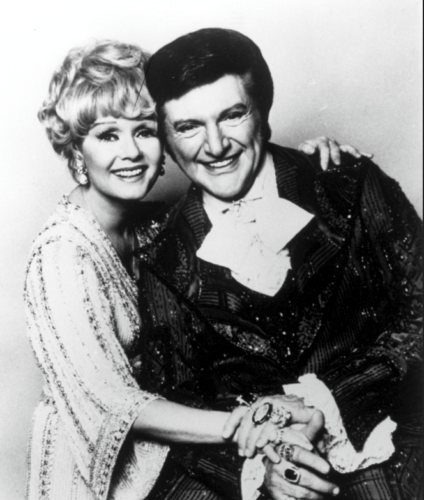
The exhibit is the headline experience in The Neon Museum’s second annual Duck Duck Shed, a citywide cultural, design, and entertainment festival that takes place October 4-7 and celebrates the allure of Las Vegas’ past and present with behind-the-scenes tours, exclusive exhibitions, and thought-provoking discussions.
